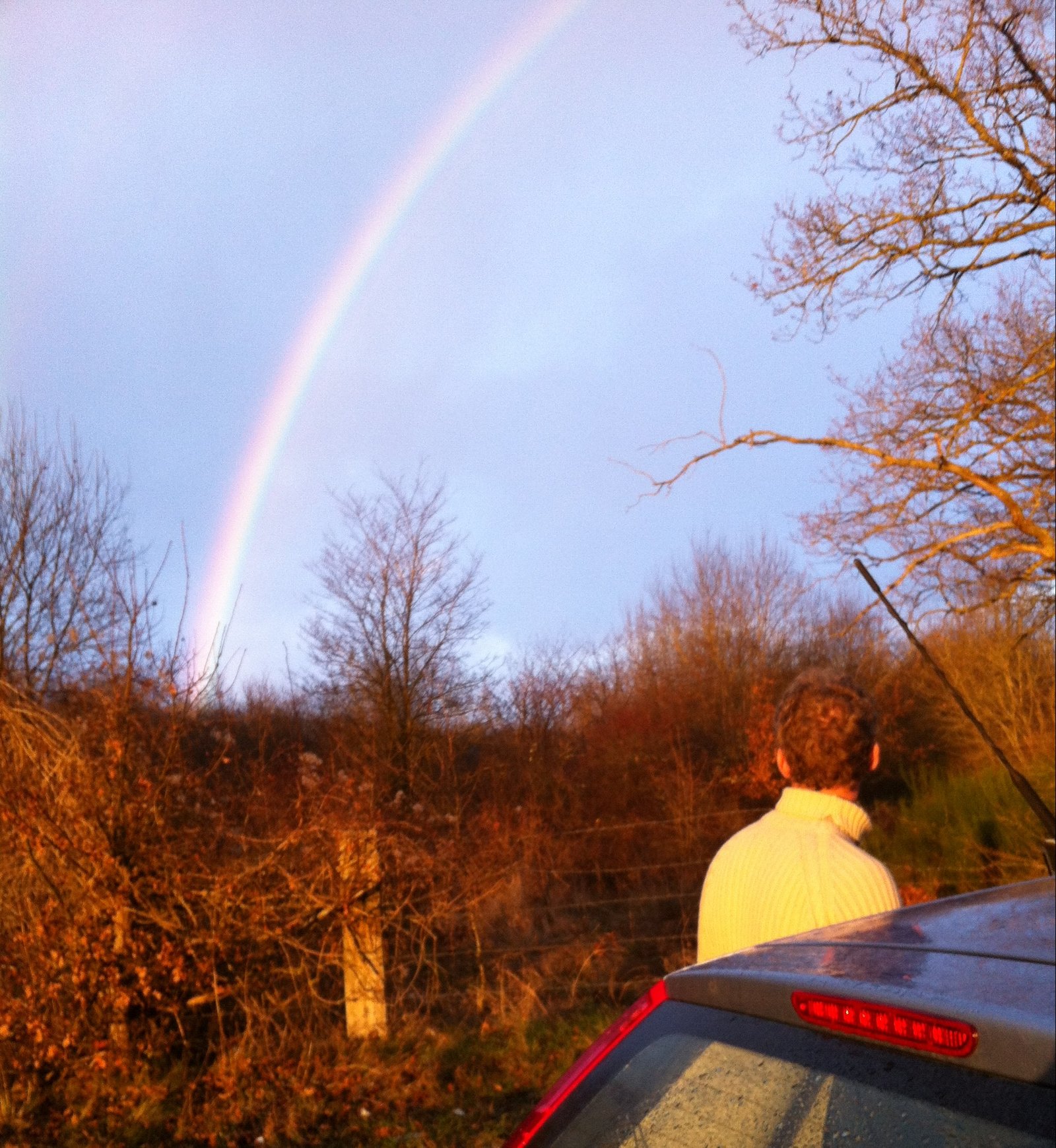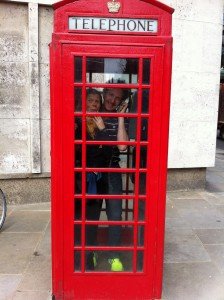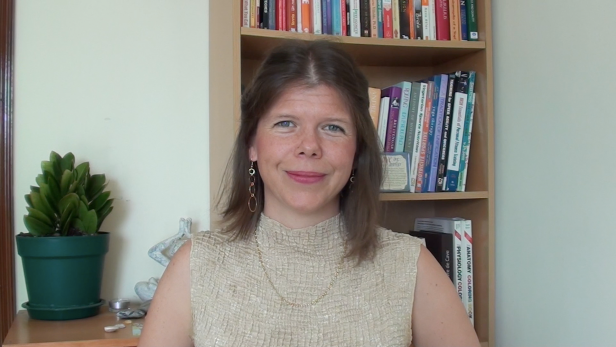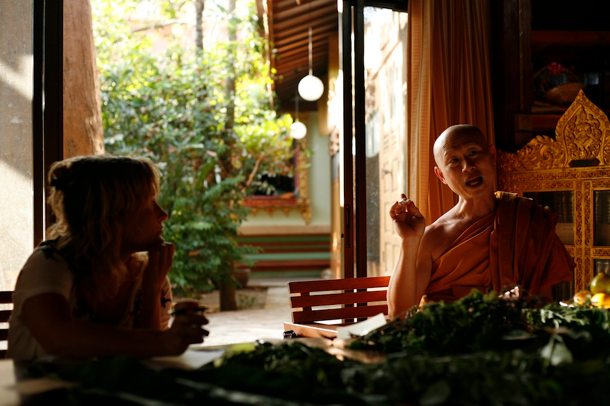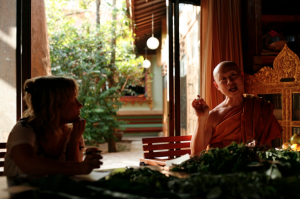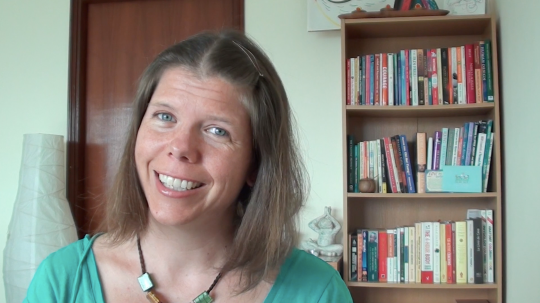
 “I think that if you do spiritual practice correctly, it reflects and undoes your habits of closure so that when you stop doing those habits you are left in your natural state, which is wide open, loving, radiant, happy, sane.“ -David Deida
“I think that if you do spiritual practice correctly, it reflects and undoes your habits of closure so that when you stop doing those habits you are left in your natural state, which is wide open, loving, radiant, happy, sane.“ -David Deida
At some point I stumbled onto the realization that neither running away from my problems (suppression, denial, distraction, etc, etc) nor the opposite extreme of wallowing in the drama of them was terribly useful for making them any better.
What did and does help is first noticing that something is happening and then being in that objective part of me that can notice how I am in it – while I am also fully feeling it. The exact results of this are variable, from the thought/feeling passing quickly to a lengthy succession of difficult experiences happening one after the other… pain, crying, etc.
And it is not that these things go away and never come back. Indeed they are always available. The one thing that is consistent, though is that they get easier and easier to be with. I get more comfortable with them to the point that when they come I do not immediately react with running or wallowing, but have a choice about how to be in them… “Wow, I’m really frightened. My belly is a rock and my throat hurts. I can see an entire drama arising in my mind about this. I think that I will watch that drama like a movie playing in my mind and not act on it. I can see that it is not true, just what my mind is creating to make sense of this fear that I am feeling.”
This kind of liberation is an immense blessing. Not being ruled by fear, jealousy, greed, anger, pain, etc. is wonderful. And of course, sometimes I am able to notice and accept and sometimes I run or wallow long before I ever realize that something worth noticing is even happening.
In the mean time, I am reassured by the Buddhist idea of The Middle Way, which contrary to its name is not, as I understand it, about staying in the middle, but about balance, about allowing everything as it arrises. The Middle Way says that we should accept all parts of life, all ends of the spectrums; that sometimes you will need one extreme or another and sometimes you will need the paces in between. The Middle Way, or Middle Path does not embrace just one way, it embraces all ways, it stays at the centered in acceptance and accepts everything.
Acceptance is a big deal. It is difficult for me to do. It is hard to accept things that I don’t like or want and yet it is one of the best practices I have found for helping me deal with those things. Acceptance doesn’t mean I have to like those things, it just means that I acknowledge them (versus trying and ignore them) and then let my mind move on to something else (instead of focusing on them and creating drama). Acceptance means that when thoughts and emotions float through, I say hello and let them go.
One thing that you can try is something that I’m using a lot lately to get me through a really tough spot in my own growth. I’m struggling a lot with overwhelming thoughts and emotions about my own self worth and I remembered a Buddhist practice I learned a long time ago in Thailand.
In this practice, when you notice a thought or emotion you say what it is, you name it, and then let it go by actively looking for the next one. In this way you are first acknowledging and then letting go. This is a beautiful way to practice acceptance.
This time, I’ve been thanking what arises as well. A thought will arise and I realize, “Ah, you’re trying to protect me. Thank you for trying to protect me.” This little addition of gratitude makes a big difference. It helps me acknowledge the thought or emotion for the good that it is trying to do, which goes a long way towards accepting it and letting it go versus resisting it or wanting to dwell on it, figure it out or turn it into a drama.
Elena Maria Foucher writes about personal growth on ElenaMariaFoucher.com and teaches Meditation Made Easy, simple tools for relaxation, over Skype. Contact her at Elena@ElenaMariaFoucher.com.
(This article first appeared in the online magazine CoSozo.com.)



